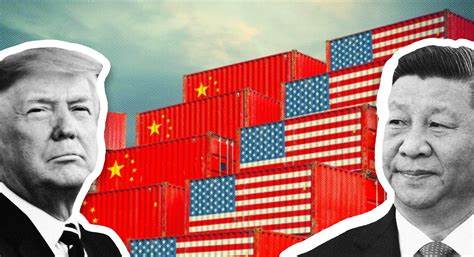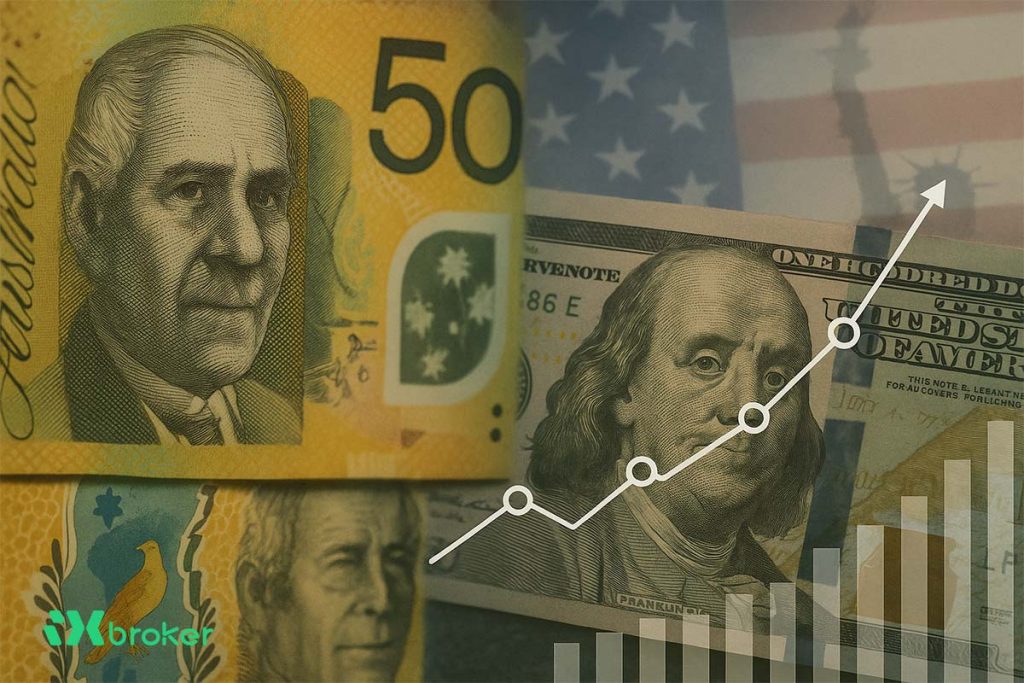Trump doubles steel tariffs while China accuses the U.S. of violating the trade agreement; U.S.-China trade tensions escalate once again.
Trade tensions between the U.S. and China have intensified once more. After President Trump announced doubling steel import tariffs from 25% to 50%, China responded sharply, accusing the U.S. of breaching their trade agreement and threatening decisive measures to protect its interests. These developments have complicated prospects for resuming trade negotiations.
Trump Increases Steel Tariffs
In the latest development in the economic relations between the world’s two largest economies, U.S. President Donald Trump announced an increase in steel import tariffs from 25% to 50%. This move, aimed at protecting the domestic steel industry, has sparked widespread reactions globally.
China’s Strong Reaction to Alleged Trade Deal Breach
In response, the Chinese government accused Washington of violating the trade deal between the two countries. The Ministry of Commerce of China stated that if the U.S. persists with unilateral actions, China will continue to take firm and resolute measures to safeguard its legal rights and interests.
Trump’s Controversial Statements and Beijing’s Response
Earlier, Trump claimed on social media that China had “completely” violated the trade agreement with the U.S. The president tweeted, “The bad news is that China HAS TOTALLY VIOLATED ITS AGREEMENT WITH US. So much for being Mr. NICE GUY!” These remarks have further heightened tensions.
Legal Challenges Surrounding the Tariffs
The implementation of Trump’s new tariffs faces legal hurdles. The U.S. Court of International Trade initially suspended the tariffs, citing “unlawful” methods used to impose them. However, the Federal Court of Appeals subsequently allowed the tariffs to remain temporarily in effect. The White House has pledged to take the case to the Supreme Court if necessary.
Market Impacts and Investor Reactions
Analysts and market participants hold differing views on Trump’s tariff threats. Some believe the president tends to bluff more than act, while others argue tariffs have substantially increased during his administration and will likely continue to do so.
Escalating Restrictions on Technology and Visas
The tensions extend beyond tariffs. New restrictions on advanced technology exports—including controls on AI chip exports, bans on selling chip design software to China, and limitations on Chinese student visas—have further fueled the dispute.
Outlook for U.S.-China Trade Negotiations
Given the renewed tariff hikes and mutual accusations, resuming trade talks between the two countries appears increasingly challenging. These developments could have significant consequences for the global economy and international markets, keeping investors closely attentive to forthcoming decisions.



